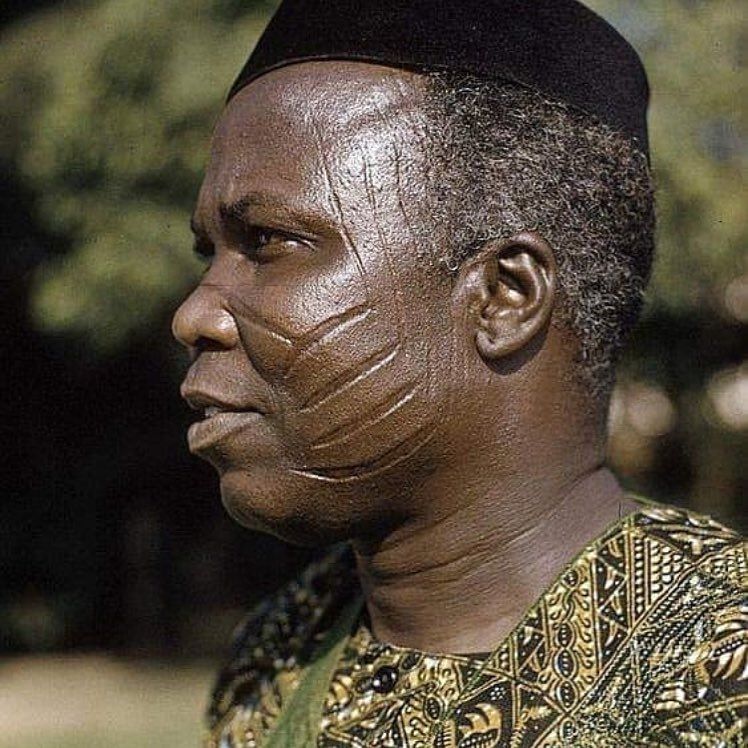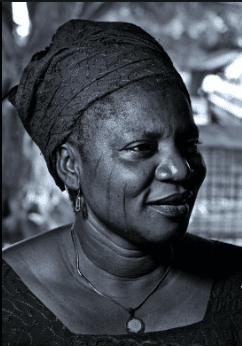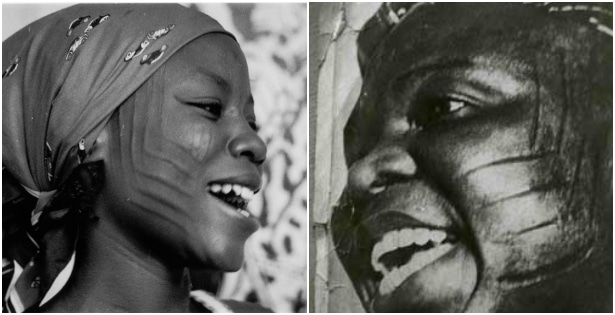- Facial Marks: The natural way to discovering the identity of humans.
- Yoruba tribal marks, or “ila,” are a unique tradition with variations based on location, lineage, and family.
- The practice of giving tribal marks has waned due to modernization and shifting societal values.
Facial marks is the natural way to discovering the identity of humans, especially those from West Africa.
The history of tribal facial marks can be traced back to Nigeria’s era of the slave trade. Families began marking their members as a means of recognition in case they were captured and separated.
These marks took various forms, appearing on cheeks, foreheads, chins, stomachs, hands, and other body parts, with some being drawn vertically or horizontally, and occasionally both.
READ ALSO: Funeral Culture in Nigeria: Custom, Ceremony, What to Expect
Facial marks originated in the era of slave trade
Among the tribes, the Yoruba are especially renowned for this practice. Yoruba facial markings, known as “ila,” differ based on town, lineage, and family, despite the shared language.
Professionals called “Oloola” carried out the scarification technique using razors or sharp objects, followed by the application of native dye to stop bleeding and prevent the skin from healing over. These marks are typically given in infancy, with children having no say in the matter. They serve as symbols of honor and verify a child’s legitimate lineage.

In Yoruba culture, various types of facial marks exist:
- Pele: This mark consists of three long vertical lines on the cheeks and is common among the Yoruba people of Ile-Ife, Ijebu, and Ijesha.
- Owu: Characterized by six incisions on each cheek, this mark is specific to the Egba people in Abeokuta, Ogun State.
- Gombo: Also known as Keke, it features multiple straight and curved lines inscribed on the cheeks, with four long vertical lines drawn from the scalp. This mark is unique to the people of Ogbomosho in Oyo State.
- Abaja: Identified with the indigenes of Oyo, the Abaja mark can be basic, with three or four horizontal stripes on the cheeks, or complex, featuring 12 horizontal lines (six per cheek). The late Alaafin of Oyo sported this mark.
- Ture: Comprising three long horizontal lines and three short vertical lines on each cheek, totaling six marks on each side.
Other less common Yoruba tribal marks include Mande, Bamu, and Jamgbadi. Additionally, there is another form of incision used for child identification, involving inscribing the child’s name, date of birth, and family compound on their stomachs. This practice was common in Oyo town, aiding in reuniting lost children with their families.
While facial marks were historically significant for both beautification and identification, their prevalence has dwindled due to modernization and evolving societal norms. Some regions have even enacted laws against giving tribal marks to children, reflecting changing attitudes towards this cultural practice. For example, in Oyo State, the Child Rights Law imposes penalties, including fines and imprisonment, on those who mark or tattoo a child’s skin.

READ ALSO: This is our culture: Beautiful bride uses teeth to cook on her wedding day
History of the Yoruba People: A Rich Tapestry of Culture
Meanwhile, before the Yoruba people came to settle down in what is known as South West of Nigeria today, they migrated from somewhere, had a history, and belonged to a different tribe.
We will be exploring the history of the Yoruba people, their origin, and ancestral heritage. One of the most legendary ethnic groupings in Africa, their ancestral home is located in present-day Togo, Benin Republic, and southwest Nigeria in West Africa.
Numerous studies have been drawn to their vibrant culture, philosophy, arts, language, sociology, and history.





